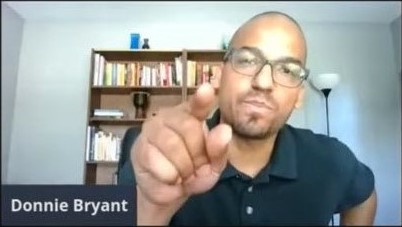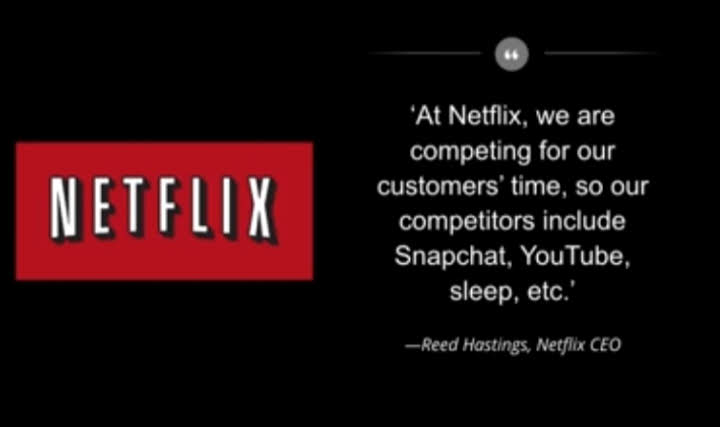Habits are hard to break. Harder than freezer meat.
That’s one of the reasons marketing can be hard work.
The difficulty of a marketer’s job is rooted in the dark nature of habitual behavior.
The habitual behavior of your should-be buyers, to be specific.
Let me explain what I mean.
You’ve probably read Robert Cialdini’s book, Influence — or you’ve at least heard of it. So you’re probably familiar with the principles of commitment and consistency.
People like to be seen as consistent. They want to feel consistent.
Marketers try to leverage that fact by seeking “micro-commitments” and “progressive series of agreement.”
There’s value in those concepts.
But listen…
These are attempts to produce consistency. The truth is, your prospects are already consistent.
Freezer meat consistent.
Therein lies the problem — and the opportunity.
Your potential customers are consistently, habitually doing the same things over and over again.
Buying the same things over and over again.
If they’re buying from you, hallelujah! If they’re buying from the other guy… ouch.
More than that, they’re avoiding doing the same things over and over again — and consistently rejecting the same kinds of offers.
So, let me ask you a couple questions:
1.
Do you think it’s smarter to get someone to micro-commit their way to consistently buy from you…
Or should you target people who are already consistently buying the types of products you sell?
2.
Should you spend all your time chasing new customers and weeding out the ones who stubbornly refuse to commit to what’s clearly the best option for them?
Or does it make sense to focus on (or develop) hyper-responsive buyers who already have habits that make you say “Hallelujah”?
Think about it.
Then do something about it.


